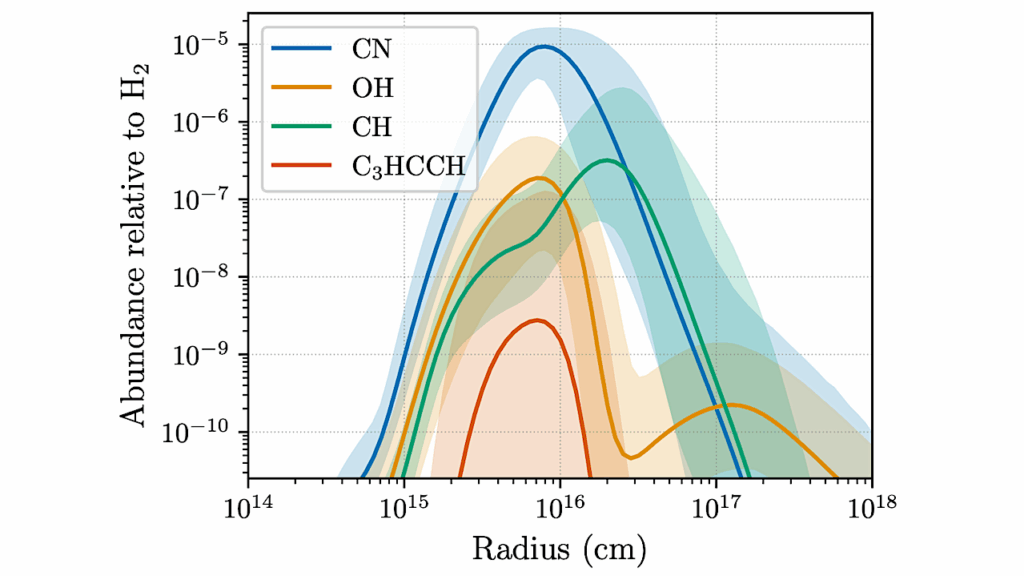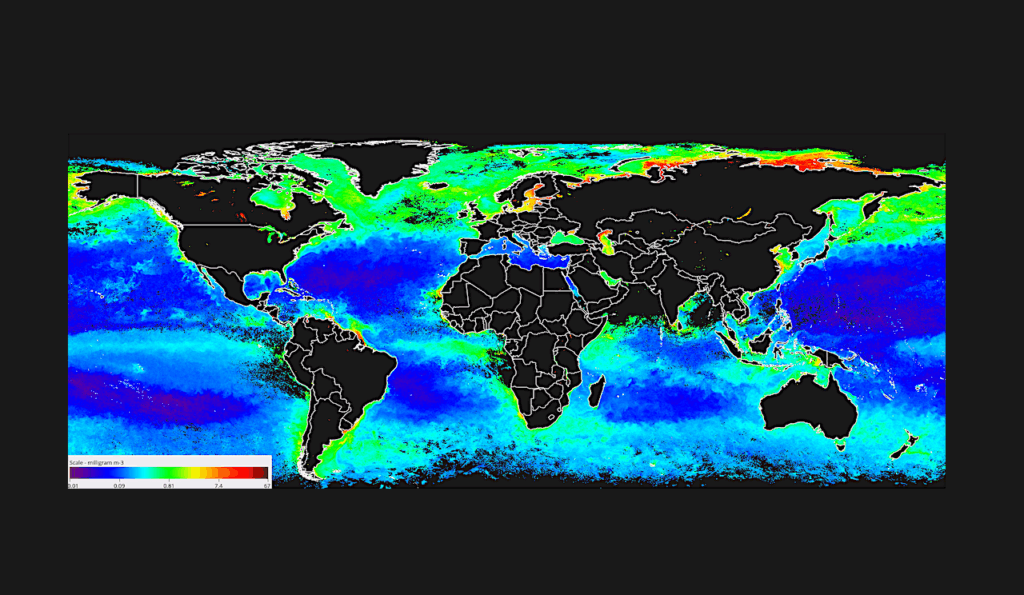The CARMENES Search For Exoplanets Around M Dwarfs — A Deep Transfer Learning Method To Determine Teff And [M/H] Of Target Stars
![The CARMENES Search For Exoplanets Around M Dwarfs — A Deep Transfer Learning Method To Determine Teff And [M/H] Of Target Stars](https://astrobiology.com/wp-content/uploads/2023/04/CARMENES.png)
The large amounts of astrophysical data being provided by existing and future instrumentation require efficient and fast analysis tools.
Transfer learning is a new technique promising higher accuracy in the derived data products, with information from one domain being transferred to improve the accuracy of a neural network model in another domain.
In this work, we demonstrate the feasibility of applying the deep transfer learning (DTL) approach to high-resolution spectra in the framework of photospheric stellar parameter determination. To this end, we used 14 stars of the CARMENES survey sample with interferometric angular diameters to calculate the effective temperature, as well as six M dwarfs that are common proper motion companions to FGK-type primaries with known metallicity. After training a deep learning (DL) neural network model on synthetic PHOENIX-ACES spectra, we used the internal feature representations together with those 14+6 stars with independent parameter measurements as a new input for the transfer process.
We compare the derived stellar parameters of a small sample of M dwarfs kept out of the training phase with results from other methods in the literature. Assuming that temperatures from bolometric luminosities and interferometric radii and metallicities from FGK+M binaries are sufficiently accurate, DTL provides a higher accuracy than our previous state-of-the-art DL method (mean absolute differences improve by 20 K for temperature and 0.2 dex for metallicity from DL to DTL when compared with reference values from interferometry and FGK+M binaries). Furthermore, the machine learning (internal) precision of DTL also improves as uncertainties are five times smaller on average.
These results indicate that DTL is a robust tool for obtaining M-dwarf stellar parameters comparable to those obtained from independent estimations for well-known stars.
A. Bello-García, V. M. Passegger, J. Ordieres-Meré, A. Schweitzer, J. A. Caballero, A. González-Marcos, I. Ribas, A. Reiners, A. Quirrenbach, P. J. Amado, V. J. S. Béjar, C. Cifuentes, Th. Henning, A. Kaminski, R. Luque, D. Montes, J. C. Morales, S. Pedraz, H. M. Tabernero, M. Zechmeister
Subjects: Solar and Stellar Astrophysics (astro-ph.SR); Earth and Planetary Astrophysics (astro-ph.EP); Instrumentation and Methods for Astrophysics (astro-ph.IM)
Cite as: arXiv:2304.00224 [astro-ph.SR] (or arXiv:2304.00224v1 [astro-ph.SR] for this version)
Submission history
From: Antonio Bello-García
[v1] Sat, 1 Apr 2023 04:57:09 UTC (1,701 KB)
https://arxiv.org/abs/2304.00224
Astrobiology,








